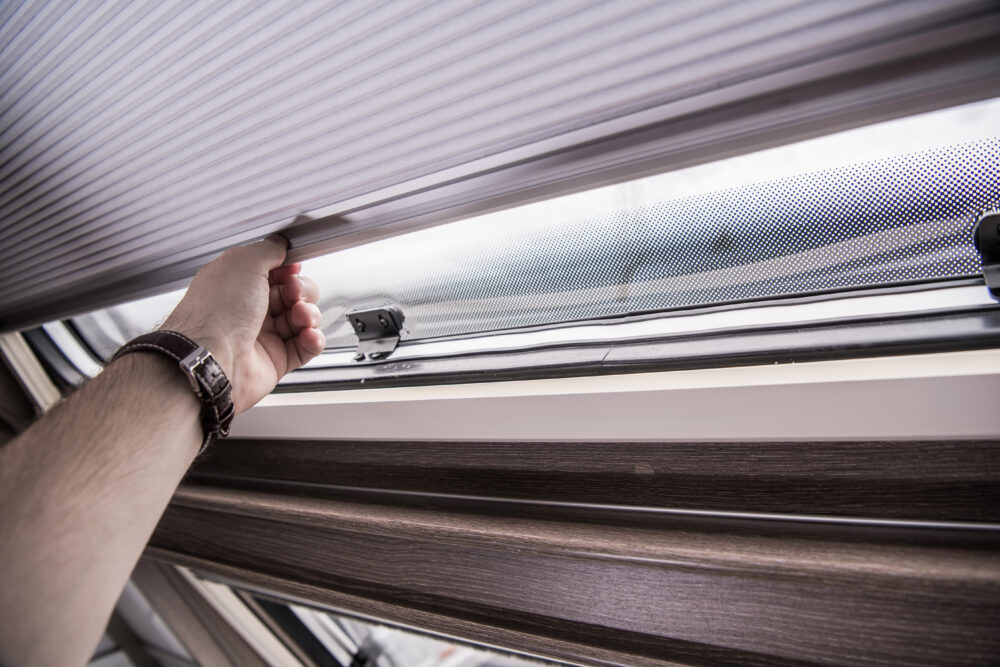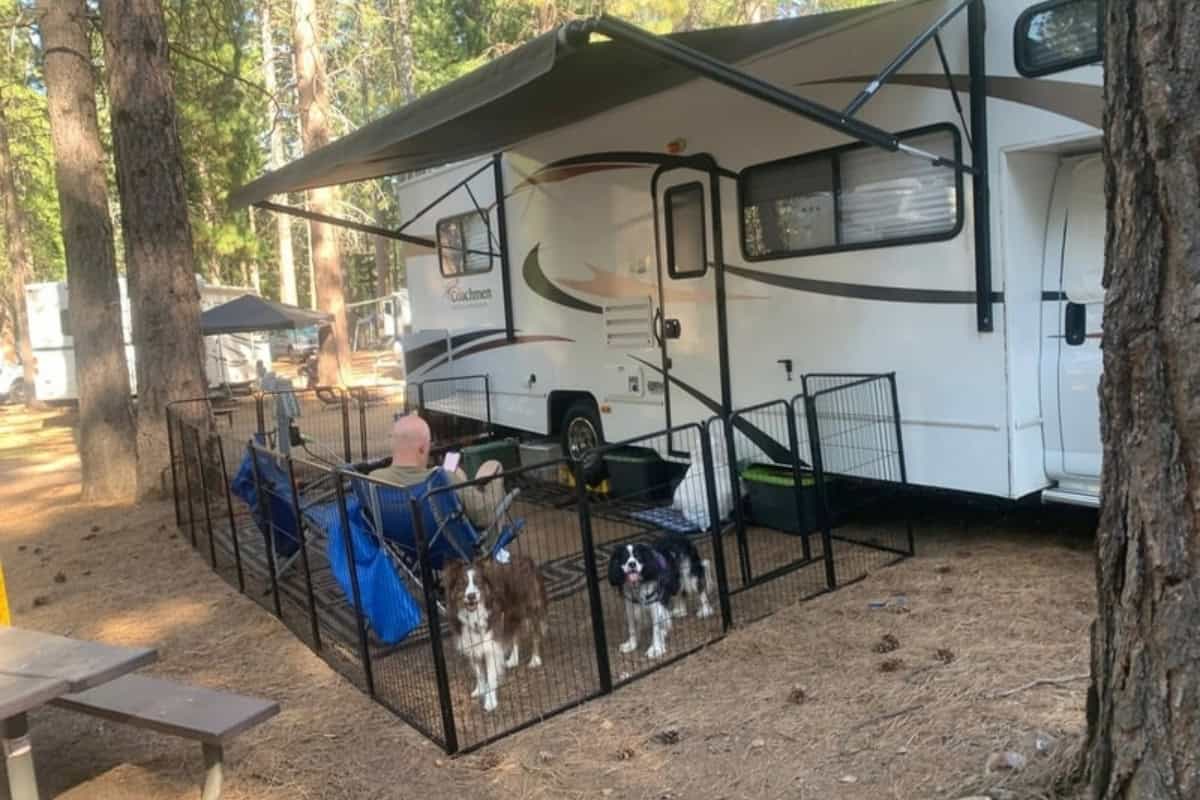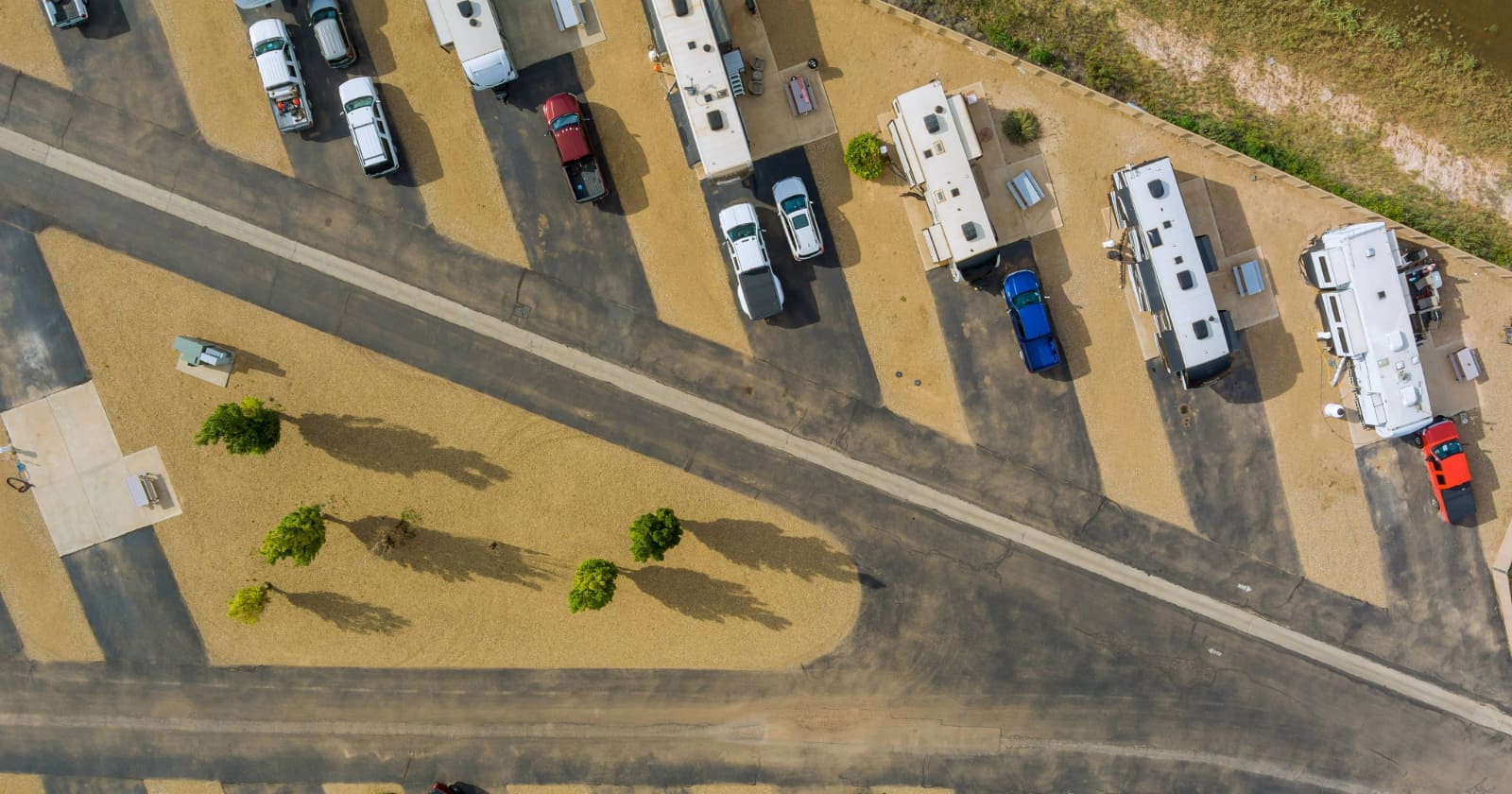
High Humidity In RVs: How To Deal With It
As you travel across the country, you’ll have to adapt to a wide range of climates. Some are cool and dry, while others are hot and humid. High humidity can be one of the toughest things to deal with because it seems so overwhelming and constant. Fortunately, there are ways to make your RVing experience more comfortable.
Humidity is a serious problem for many RVers. Moisture accumulation can cause a variety of issues, such as rust, mold, foul odors, and more. Not to mention the fact that it’s uncomfortable to live in an overly humid vehicle! You’ll be much better off if you take a few extra steps to reduce the humidity levels in your RV.
Below we have a few tips and tricks that will help you stay nice and dry next time you travel through an area with high humidity. You may need to use a combination of steps for the best results, but even simple changes can have a big impact. Read on to learn more about how you can deal with high humidity.
Run a dehumidifier
For starters, you can always use a portable dehumidifier! These are literally designed to fight humid conditions, so why not use one in your RV? There are plenty of small yet effective models that are ideal for travelers.
Of course, you don’t want to overcompensate and remove too much moisture from the air. If your humidity levels are too low, you might have to deal with cracked caulk, dry skin, and other issues. The ideal range to strive for is somewhere between 30-50% humidity. A good dehumidifier can help you reach these conditions.
There are plenty of great options on the market, but one of the most popular products for RVers is the Pro Breeze Dehumidifier. It’s compact, quiet, and can remove 9 oz. of water per day. That might not sound like much, but it makes a significant difference in a small space like an RV.
Use moisture absorbers
Of course, running a dehumidifier takes energy. If you’re trying to conserve your RV battery, you might be interested in a non-electrical solution. In this case, you could try placing moisture absorbers/desiccants around your vehicle. These pull moisture from the surrounding environment and are a great low-effort option.
DampRid is a popular product for this job. You can buy hanging units, use ventilation devices, or scatter individual packets around your RV. Additionally, there are several DIY desiccants that are quite effective too! For instance, cat litter is designed to absorb moisture, so you can use a bit of this in a pinch.
Other potential materials include:
- Salt
- Dry rice
- Silica gel packets
- Diatomaceous Earth
- Various types of dry clay powder
Install double-paned windows
Your windows also play a role when it comes to high humidity. Moisture can accumulate on the glass, especially if there are significant temperature differences on both sides. For instance, if it’s hot outside, but you have your A/C running, your windows are more likely to become damp.
In order to address this, you can switch your windows to double-paned models. These have an air pocket between the two sheets of glass. This improves your insulation and acts as a temperature buffer. They’re also great for RVers who like to travel all year long. An extra layer of protection is helpful whether you’re trying to warm up or cool down.
Clear weep holes in windows
Speaking of windows, there are additional methods you can use to prevent moisture accumulation. If condensation appears on the glass, it typically drips down and runs out of built-in weep holes on the exterior. If these holes become blocked or dirty, water could pool inside the frame and lead to rust, mold, and humidity issues.
Make sure you keep the weep holes clean at all times. You can also place desiccants around your window frames if you want to keep moisture to a minimum. Just make sure that it won’t spill or make a mess if someone accidentally brushes against it. Packaged desiccants are ideal for this purpose.
Thoroughly dry RV after cleaning
Your RV exterior and interior can also affect the humidity levels. Washing your RV is an essential part of maintenance, so you definitely shouldn’t stop just because of high humidity! However, properly drying your vehicle after the fact is important.
Excess moisture could drip down the sides, pool around your windows, and even leak into the vents. The sun can help it dry faster, but you should also use a few towels to speed up the process.
The same principle is true for the interior. Continue to mop and scrub your living space as often as necessary, but remember that these practices can lead to humid conditions. Dry damp surfaces as quickly as possible, and open up a window or two to push the humid air out.
Improve airflow with fans and vents
Speaking of pushing the humid air out, let’s talk about ventilation! This is a key step in regulating both temperature and humidity. RVs can become sweltering when they’re fully enclosed, so you should always try to create some air movement.
Fans are a good way to pull damp air out of your living space. They also help you feel a bit cooler because of the breezes. Make sure to use your RV vents as well. These are often installed in your kitchen and bathroom to prevent excess moisture. Vent covers may be necessary during particularly cold conditions, but don’t be afraid to use vents as often as possible.
Finally, windows can be helpful as well. If your RV interior is more humid than the air outside, open up your windows and allow fresh air to move through your space. This is particularly helpful in the morning and evening when the temperature is fairly mild.
Cook outdoors when possible
Next up, you might need to make a few lifestyle changes to minimize humidity in your RV. The ability to cook indoors while you travel is amazing! But it can also lead to a hot, damp living space. If you want to reduce high humidity in your vehicle, one of the first steps to take is to cook outdoors as much as possible.
You can still use your RV kitchen for food storage and prep, but limit your stove and oven usage if you can. Additionally, make sure you use fans and vents to improve your airflow.
If the weather is pleasant, it can be fun to cook over a campfire! Plus, many RVs now come with outdoor kitchen attachments, so you don’t have to sacrifice the convenience of portable appliances.
Change clothing frequently
High humidity can be inconvenient, but it’s also uncomfortable. Many people become sweaty and sticky after a while, and this makes the problem worse because it’s harder for sweat to evaporate in humid conditions. Therefore, it’s a good idea to change clothes once they become too damp.
If you’re overheating, you can also try wearing a damp T-shirt and sitting in front of a fan. This combination speeds up evaporation, which will help you cool down.
Drink plenty of water
Last but certainly not least, remember to stay hydrated! It’s easy to become dehydrated without realizing it, especially in high humidity. Focus on drinking water instead of soda or other sugary drinks because these can actually dehydrate you faster. Also, remember to eat salt and other foods with electrolytes to replenish what’s lost as you sweat.
Get tips from other RVers
One of the best parts about RVing is engaging with the community of traveling enthusiasts. iRV2 forums allow folks to chat with other RVers online, and get other perspectives on everything RVing, including products, destinations, RV mods, and more.
Related Articles:




Living in Southern California, humidity is not usually a major issue. I’m a big fan on keeping the air moving. My 1998,33, foot Southwind had 2 roof A/C units, and 2 fan operated roof vents. I bought 2 of those vent covers that allow your vents to be open while traveling without excessive dust or blowing out pilot lights. I found the vent covers to be a big help. I used my Southwind with my buddies a lot, big guys that needed good air flow around them, myself, just a regular sized guy. The Southwind came with duel pane windows, and I wasn’t shy about running the roof A/C also while on the road. I think that helped a lot. The Southwind was pretty well insulated, but all the heat that the motorhome generates just driving around California and Nevada on hot days was unavoidable, on top of that, driving across the Mojave desert in the summer would only add to the problem. I grew up in the back seat of our 69 Chrysler while pulling a 17 foot travel trailer so I was aware of hot cars. I would always felt badly for subjecting our machines to really harsh conditions beyond what they were designed to do. I won’t run my car A/C while sitting in heavy traffic, not enough airflow under the hood, and the hot road surfaces just made matters worse. After all cars are people too.
We have had a 40 pt dehumidifier for years. It’s good to dry the bathroom towels Just for RV we could use a smaller one but this one helps with spikes like showers etc